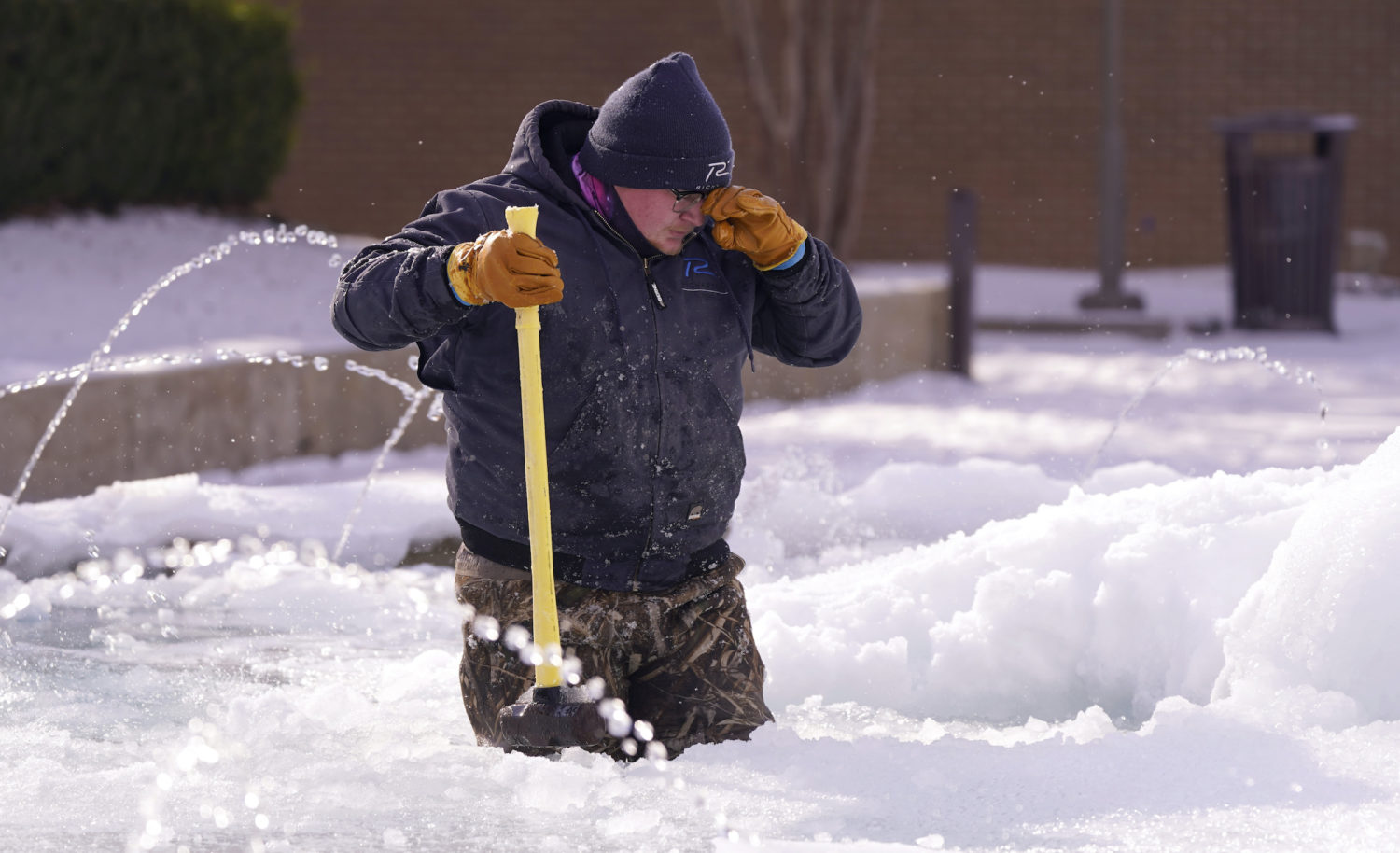When temperatures get as low as many of you are experiencing today, your readers, viewers and listeners may start going to extreme measures to stay warm. Even if the reminders in this piece are basic, they might be worthwhile.
Alcohol and cold weather
A little nip of alcohol might warm your throat but, as USA Today reported:
“The longstanding notion that alcohol protects from overexposure to cold weather is a myth. ‘Alcohol in the human body does not act as an anti-freeze when the mercury and wind chill drop to frigid temperatures,’ explains Landgrave T. Smith, assistant professor of psychiatry and behavioral sciences, (University) of Oklahoma Health Sciences Center.
“‘Although alcohol has some caloric value, it is actually a detriment to a person in cold weather. Physiologically, alcohol creates peripheral vessel dilation which results in the rapid loss of body heat.’ If a person becomes cold, peripheral circulation clamps down to reduce heat loss. Alcohol inhibits this protective response, increasing the risk of exposure.”
Space heater fires
We often see a rise in fires from space heaters, especially in places that are not used to the cold.
Carbon monoxide deaths
Faulty heaters or fireplaces can pump carbon monoxide into your home. The Centers for Disease Control and Prevention says, “Unintentional CO exposure accounts for an estimated 15,000 emergency department visits and 500 unintentional deaths in the United States each year.”
The CDC also reported, “During 1999-2004, CO poisoning was listed as a contributing cause of death on 16,447 death certificates in the United States.”
The CDC said, “For the period 1999-2004, a total of 35 states had sufficient numbers of CO-related deaths to calculate reliable mortality rates. The state with the highest reliable CO mortality rate was Nebraska, and the state with the lowest reliable rate was California. As of December 2007, reporting of acute CO poisoning by health-care providers was mandatory for 13 states.”
The Environmental Protection Agency set the limit for CO emissions at 50 parts per million in homes. The number is less when children and seniors are in the home.
Snowmobiling and alcohol
A really bad idea. In 2009, the Milwaukee Journal Sentinel reported that 15 of the 23 fatalities involving snowmobiles in the state were alcohol-related.
Frostbite
EMedicineHealth.com said that “most people who get frostbite are males aged 30 to 49 years.”
The Harvard Medical School said:
“Body tissue will not freeze until the outside temperature is at or below 28 degrees Fahrenheit. If areas of tissue exposed to extreme cold begin to freeze, ice crystals form in some cells and fluid flows into these cells. This can cause the cells to burst. Additional damage can occur when the tissue is warmed again, because damaged blood vessels can leak fluid and proteins into tissue, causing swelling and blistering.
“Frostbite ranges from the superficial freezing of the topmost layers of skin, which is called frostnip, to severe frostbite that affects deeper tissues, such as muscles and bones. The amount of damage depends on several factors besides the cold temperature, including altitude, wind chill, blood circulation and body composition. Factors that increase your risk of frostbite include:
- “Immobility
- “Impaired thinking (from psychiatric problems, medical illness or substance abuse)
- “Older age, especially if you already have circulation problems
- “Wet skin
- “Contact with metal
- “Large areas of exposed skin
- “Previous frostbite or other injury caused by cold
- “A low percentage of body fat
- “Dehydration
- “Wearing tight clothes, which impairs circulation
- “Drinking alcohol, which increases loss of body heat
- “Drinking caffeine, which increases dehydration
- “Using nicotine, which decreases blood flow to your limbs
- “Poorly controlled diabetes”
Vehicles and the cold
Here are five tips for how to start a car in cold weather.
Popular Mechanics debunks five wintertime car myths, including whether to start your car on your lunch break to be sure you can start it after work; how to keep your wiper blades from becoming frozen and useless; and whether putting sandbags in your trunk really improves traction.
Your car battery is your lifeline
When you try to start your car, that is when your car battery is being used the most. In weather below 25 degrees, batteries lose a third of their cranking power.
AAA recommends these precautions:
- “Take the time to have your battery’s charge and cold cranking amps checked.”
- “Check your (battery’s) connections for corrosion. When starting your car in the morning, turn on electricity first and wait 30 seconds for the battery to warm up before starting.”
- “Keep your gas tank at least half full to avoid freezing gas lines.”
- “Thinner grades of oil are better for colder weather, opt for 5W-30 over 10W-30.”
- “Check tire pressure every one to two weeks as low temperatures can reduce tire pressure and will limit control on slick roads.”
- “Never use wiper blades to clear ice or frost as this damages the blades.”
- “Use a scraper or can de-icer. Make sure all windows are clear for best visibility.”
- “Never warm up your car in a closed garage, carbon monoxide poisoning is possible. It is also illegal to warm up your car parked on public streets in some counties, when the driver is not in the car.”
- “Keep an emergency kit in your car. Make sure it includes a mobile phone, car charger, blankets, flashlight with extra batteries, a first aid kit, drinking water, a small shovel, a sack of sand or cat litter for traction, windshield scraper, battery booster cables, emergency reflectors, and non-perishable snacks.”
Keep pumping
Boy, I have been a huge slacker this winter when it comes to getting to the gym. It is common for people to stop exercising when the weather gets bad. Mall walking can be an alternative.
Eat right
Warm food warms the body. Cold food can chill the body. Now is the time to eat hot food, soups and the like. Mom was right; it is good for you.
I have found some great data sets and studies that will lead to stories for you. All of these come from the CDC’s Morbidity and Mortality Weekly Report pages:
A version of this article was originally published on Jan. 7, 2010.







